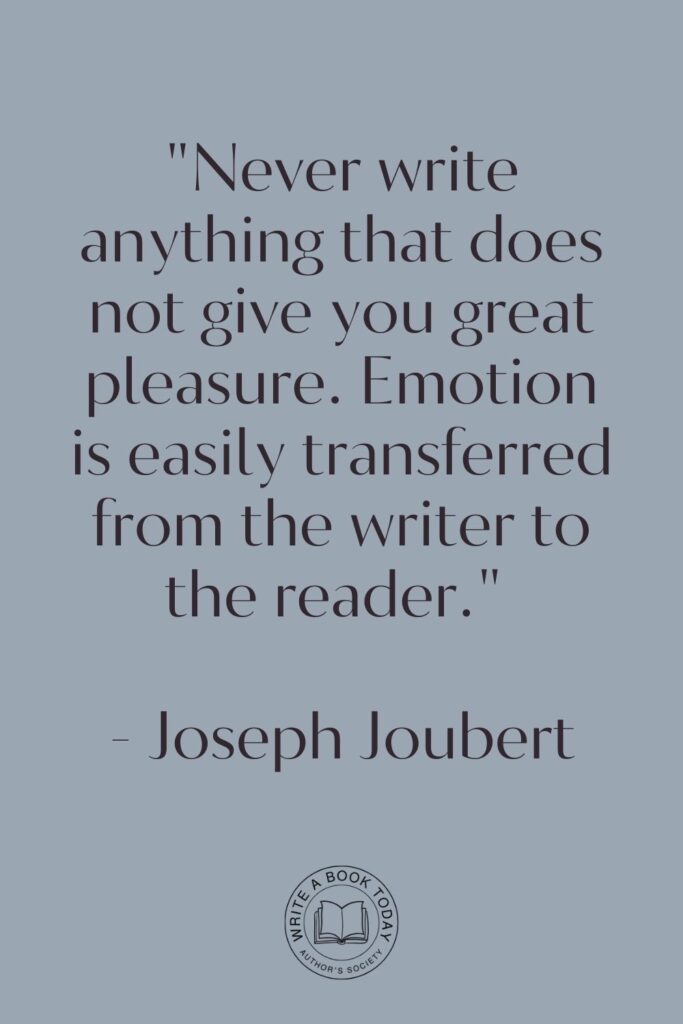Have you ever been completely blindsided by a plot twist that left you breathless and eager for more? The best plot twists are like hidden treasures in storytelling, waiting to surprise and delight readers and viewers alike.
They can transform narratives, turning predictable stories into unforgettable experiences. But what makes these plot twists so captivating?
In this exploration, we’ll uncover the secrets behind crafting the most memorable plot twists, delving into the rules and techniques that make them work. Whether you’re an aspiring writer or an avid reader, these insights will help you appreciate the art of storytelling on a whole new level.
The Allure of the Best Plot Twists
Plot twists are the heartbeats of storytelling, injecting life and unpredictability into narratives. They matter because they challenge our expectations, forcing us to see stories from new perspectives.
Imagine reading a book or watching a movie where everything unfolds exactly as you anticipated. It would be like walking through a garden where every flower is the same color—pleasant but lacking the vibrancy that diversity brings.
The best plot twists breathe life into stories, making them dynamic and memorable. They engage our minds, inviting us to piece together clues and anticipate the next move, creating a dance of suspense and revelation.
Why Plot Twists Matter in Storytelling
The magic of plot twists lies in their ability to subvert expectations. They keep audiences on their toes, adding layers of complexity to characters and plots. When executed well, a plot twist can elevate a story from good to great, leaving a lasting impact on its audience.
Take, for instance, the moment when a seemingly trustworthy character reveals their true intentions, or when a protagonist discovers a hidden truth about themselves. These twists not only surprise us but also deepen our emotional connection to the story, making it resonate long after the final page is turned.
To create an effective plot twist, start by considering your audience’s expectations. Think about what they might anticipate and then find ways to cleverly subvert those predictions. This will keep them engaged and eager to see how the story unfolds.
Anecdotes of Memorable Plot Twists
Some plot twists have become legendary in the world of storytelling. Remember the iconic moment in “The Sixth Sense” when the truth about Dr. Malcolm Crowe’s character is revealed? Or the jaw-dropping twist in “Fight Club” that redefines the entire narrative? These examples showcase the power of plot twists to redefine stories and leave audiences in awe.
Such twists are crafted with precision, carefully laying the groundwork through subtle hints and foreshadowing, only to pull the rug out from under us at the perfect moment.
In literature, Agatha Christie’s “The Murder of Roger Ackroyd” remains a classic example of a masterful twist. The story’s clever misdirection and unexpected revelation have inspired countless writers and left readers stunned. These twists work because they adhere to a set of underlying principles, ensuring they are not just surprising but also deeply satisfying.

5 Essential Rules for Crafting the Best Plot Twists
Creating a memorable plot twist requires more than just a sudden change in direction. It involves a careful balance of setup, misdirection, and emotional investment. Here are five essential rules to guide you in crafting twists that captivate and resonate with your audience.
Rule 1: Set Up Expectations
The foundation of any successful plot twist is setting up expectations. This involves creating a believable narrative path that lulls the audience into a sense of security. By establishing a clear direction, you can later subvert it in a way that feels both surprising and inevitable.
Consider the classic mystery novels where the detective seems to have solved the case, only for new evidence to emerge that changes everything. This setup makes the twist not only unexpected but also plausible within the story’s context.
One effective technique is to plant subtle clues throughout the narrative. These breadcrumbs should be noticeable enough to be remembered but not so obvious that they give away the twist prematurely.
When the twist finally occurs, audiences can look back and see how everything was meticulously planned.
No marketing platform? No social following? No problem!
Publisher Rocket helps you market your debut novel like a pro.
It’s a gamechanger for debut authors – try it today!


Rule 2: Misdirection is Key
Misdirection is a crucial element in crafting plot twists that truly surprise. It’s about guiding the audience’s attention away from the truth, leading them down a path that seems logical but is ultimately misleading.
Think of it as a magician’s sleight of hand, where the focus is on one thing while the real trick happens elsewhere. In storytelling, this can be achieved through red herrings, false leads, and misleading character motivations.
When using misdirection, ensure that it enhances the story rather than detracts from it. The twist should feel like a natural part of the narrative, not a forced gimmick. Balance is key to maintaining audience trust and engagement.
For example, in mystery novels, authors often introduce multiple suspects, each with their own motives and alibis. By weaving these threads together, they create a tapestry of possibilities that keeps readers guessing until the very end.
The art of misdirection lies in making the audience believe they are piecing together the puzzle, only to reveal that the pieces form an entirely different picture.
Rule 3: Create Emotional Investment
A plot twist’s impact is amplified when audiences are emotionally invested in the characters and story. This investment makes the twist not just a narrative device but a deeply personal experience.
Characters should be relatable, with motivations and conflicts that resonate with the audience. When a twist affects these characters in unexpected ways, it triggers a powerful emotional response.
Consider stories where a beloved character faces a shocking betrayal or a hidden truth about their past. These twists are effective because they tap into universal emotions like trust, loyalty, and identity.
By building strong connections between the audience and the characters, you create a fertile ground for impactful twists.

Rule 4: Build Towards the Reveal
The journey to a plot twist is as important as the twist itself. Building anticipation and tension creates a sense of momentum that keeps audiences engaged. This involves carefully pacing the narrative, gradually escalating the stakes until the twist is revealed.
Like a rollercoaster climbing to its peak, the buildup should be thrilling and filled with moments of suspense.
To effectively build towards a reveal, consider using pacing techniques such as cliffhangers, foreshadowing, and escalating conflicts. These elements keep the audience on the edge of their seats, eagerly anticipating the moment when the twist is unveiled.
One strategy is to intersperse moments of calm with bursts of action or revelation. This ebb and flow create a rhythm that mirrors the emotional journey of the characters.
When the twist finally occurs, it feels like the culmination of everything that has come before, providing a satisfying payoff for the audience’s investment.
Rule 5: Make It Impactful and Meaningful
The best plot twists are not just surprising; they are also meaningful. They should add depth to the story and provide new insights into the characters and themes.
An impactful twist recontextualizes the narrative, prompting audiences to reconsider everything they thought they knew. It’s like looking at a familiar painting from a different angle and discovering hidden details that change its meaning.
For a twist to be meaningful, it should align with the story’s overarching themes and character arcs. It should feel like a natural progression rather than a random occurrence. When executed well, a twist can elevate the story, leaving a lasting impression on the audience.
Google Docs is for notes. Scrivener is for novels. Upgrade your writing game and try it for free today!

Examples of Plot Twist Rules in Action
To see these rules in action, let’s analyze some famous plot twists in literature and film. These examples demonstrate how the principles of setup, misdirection, emotional investment, buildup, and impact come together to create unforgettable storytelling moments.
Analyzing Famous Plot Twists in Literature and Film
In “The Usual Suspects,” the revelation of Keyser Söze’s identity is a masterclass in misdirection and buildup.
Throughout the film, audiences are led to believe one narrative, only for the final twist to reveal an entirely different truth. The meticulous setup and clever misdirection keep viewers guessing until the very end, making the twist both shocking and satisfying.
Similarly, in “Gone Girl,” Gillian Flynn crafts a twist that plays with audience expectations and emotional investment. The story’s unreliable narration and shifting perspectives keep readers on their toes, questioning what they know about the characters and their motivations.
The twist not only surprises but also adds depth to the exploration of marriage and identity.
| Story | Key Element of Twist | Impact |
|---|---|---|
| The Sixth Sense | Unexpected Revelation | Redefines the narrative |
| Fight Club | Identity Twist | Challenges perception |
| Gone Girl | Unreliable Narration | Explores complex themes |

Interactive Storytelling: Engaging Your Audience
Plot twists are not just tools for writers; they are also opportunities for audience engagement.
Inviting readers to share their favorite twists or discuss storytelling techniques can create a sense of community and shared experience. This interaction enhances the storytelling journey, making it a collaborative exploration of creativity and imagination.
Feeling lost with your debut novel?
Fiverr Pro connects you with expert editors, designers, and marketers – everything you need to get your book ready for success!

Inviting Readers to Share Their Favorite Twists
Encouraging readers to reflect on their favorite plot twists opens up a dialogue about storytelling’s impact. By sharing personal experiences, readers can connect with others who have been similarly moved by unexpected turns in narratives.
This exchange of ideas and perspectives enriches the reading experience, allowing audiences to see stories through new lenses.
To foster engagement, consider hosting discussions or forums where readers can share their thoughts on plot twists. This creates a space for dialogue and collaboration, enhancing the storytelling experience for everyone involved.
Join the Conversation: Plot Twists and Storytelling Techniques
Storytelling is an evolving art form, shaped by the creativity and innovation of writers and audiences alike.
By joining conversations about plot twists and storytelling techniques, you become part of a vibrant community that celebrates the magic of narratives. Whether you’re a writer seeking inspiration or a reader eager to explore new stories, engaging with others can spark fresh ideas and perspectives.
So, have you ever been shocked by a plot twist that changed everything? Share your experiences and join the conversation. Together, we can unlock the secrets of the best plot twists and discover the endless possibilities of storytelling.








